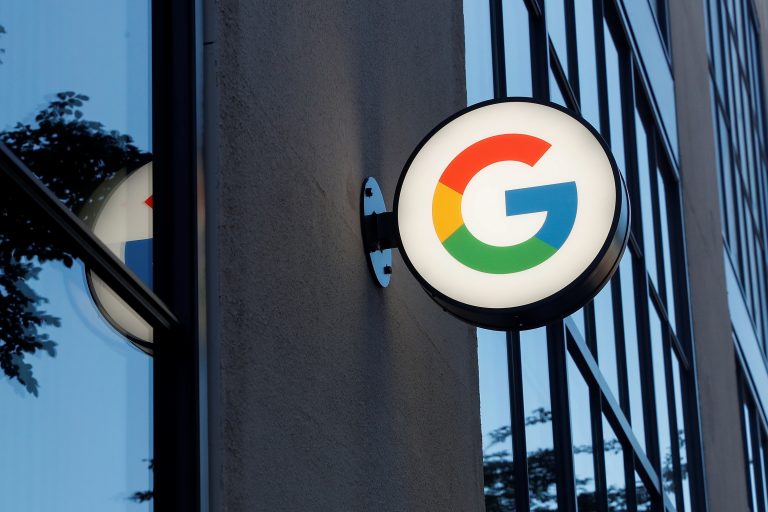
As fake news sits tight at the center of concerns emanating from the evolution of AI, Google has announced a plan to address the challenge by informing internet users about images generated by its AI models.
The tech giant said on Wednesday it will embed information called a markup inside the images in order to warn people that they were originally created by a computer. An example of Google’s warning reads; “Image self-labeled as AI generated.”
The need to check the information generated by AI was further underlined in March, when a journalist created a fake image of former US president, Donald Trump, being chased down and arrested by cops. The image was created using AI image-generating service Midjourney.
Register for Tekedia Mini-MBA edition 17 (June 9 – Sept 6, 2025) today for early bird discounts. Do annual for access to Blucera.com.
Tekedia AI in Business Masterclass opens registrations.
Join Tekedia Capital Syndicate and co-invest in great global startups.
Register to become a better CEO or Director with Tekedia CEO & Director Program.
Also, Pope Francis was pictured in an AI-generated image, wearing a stylish jacket. The image went viral, fooling many into believing that it was real.
Those incidents heightened concerns that AI could help spammers, scammers and propagandists to fool people the more. Google’s move is the first significant approach toward addressing the concerns.
Under the plan, the data inside the images won’t be visible to the human eye, but software like Google Search will be able to read it and will then display a label warning users. CNBC reported that Google will also provide additional information about all AI-generated images to help prevent deception, including when the image was first uploaded to the search engine and whether it’s been cited by news sites.
Addressing the concerns facing the AI industry has become more challenging to the industry players. CNBC noted that one issue facing the AI industry is that there is no reliable way to determine generated images. It added that while there are often some clues, like badly drawn hands, there isn’t a definitive way to say which images were made by a computer and which were drawn or photographed by a human.
Google intends to address the challenge by labeling the images when they come out of the AI system, instead of trying to determine whether they’re real later on.
AI image-generating companies Shutterstock and Midjourney would support this new markup approach, according to Google. CNBC quoted Google developer documentation as saying that the markup will be able to categorize images as trained algorithmic media, which was made by an AI model, a composite image that was partially made with an AI model, or algorithmic media, which was created by a computer but isn’t based on training data.
During its annual developer’s conference on Wednesday, Google announced several new features, including a $1,799 folding phone, and additional AI features for other Google products, including an image generator. The AI feature called Search Generative Experience will give users “more information and context” during web searches.
However, experts believe that the current competition in the AI industry is being fuelled by Microsoft’s investment in OpenAI.
“We strongly believe that Microsoft’s game-changing investment in ChatGPT got the key head start on AI front in this Game of Thrones Battle,” Wedbush analyst Dan Ives said



